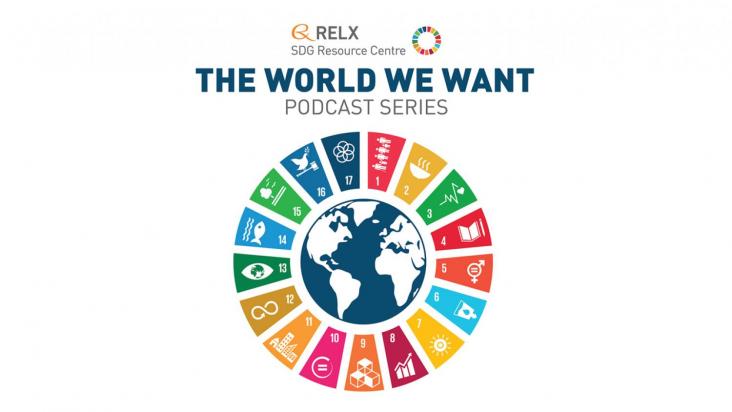Talks about the welfare of cattle in the beef industry.
This content aligns with Goal 3: Good Health and Wellbeing by highlighting current work to design strategies to overcome roadblocks in vaccine design include targeting the naive B cell receptors of rare broadly neutralizing antibody clonal lineages, and design of sequential immunogens to lead or guide protective antibody development.
The authors of this paper developed and tested a culturally appropriate food picture-sort frequency tool that is feasible and acceptable to both Navajo children and adults. This tool and its indices have the potential to measure the change for school-based intervention studies among the Navajo Nation because of its cultural appropriateness, ease of administration and low burden, and the convergent validity and reliability of its indices.
This Article supports SDG 3 by assessing the cost-effectiveness of the "Birthing in Our Community" service in reducing preterm births in Australian First Nations families compared to standard care.
This Article supports SDG 3 by highlighting the effectiveness of a co-designed intervention for providing First Nations care within Western health services, which could address current gaps in respiratory health outcomes for Aboriginal children.
This Article supports SDG 3 and 10 by showing that among Indigenous children in Brazil (of the Guarani birth cohort), severely compromised living conditions were noted, and inequalities in the frequency of social and environmental risk factors between the Indigenous children. The authors note that policies are needed to improve housing, water and sanitation, and wealth conditions among people in Indigenous communities.
This paper concludes that In the participating Dene population, vitamin D, fiber, and calcium intake were low, resulting in deficiencies for the majority of the participants and that Poor nutritional status might be because of several complex and intersecting challenges experienced by northern Indigenous communities, such as the historical context of colonialism, remote food insecurity, and social and environmental inequities. It is suggested that nutrition education, financial interventions, and store-food pricing policies should be put in place to facilitate access to market food, and culturally adequate initiatives, such as community harvest programs, should be put in place to facilitate better access to TFs/CFs.
Promoting Desired Lifestyles Among Adults with Severe Autism and Intellectual Disabilities Person Centered Applications of Behavior Analysis, 2023, Pages 15-34
This content aligns with Goal 3: Good Health as well as Goal 17: Partnership for the goals by introducing how behavior analysis principles and procedures can be synthesized with the concept and practices of person-centeredness to promote desired lifestyles among adults with severe autism and intellectual disabilities.
This chapter aligns with Goal 3: Good Health and Wellbeing, Goal 12: Responsible Consumption, and Goal 15: Life on Land by acknowledging how the conservation of water resources is imperative to the continued sustainability of life, particularly in arid regions. By utilizing resources in a highly managed, efficient and targeted way for agricultural purposes there is less lost to waste.

In this episode of the “World We Want” podcast series, Dr. Eric Altschular and Simone Emmons talk to Márcia Balisciano about the their book Animal Assisted Therapy and the importance of service animals in treating a large array of mental health disorders.
